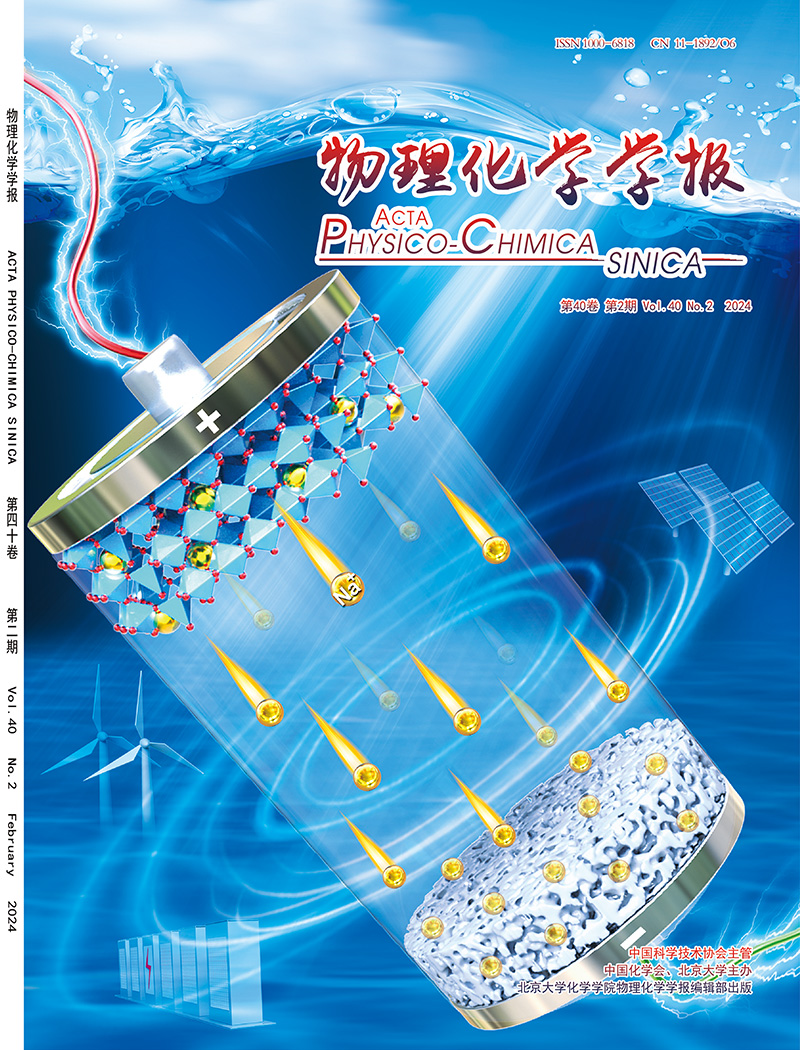Performance and electrochemical asymmetry optimization of hydrogen electrode supported reversible solid oxide cell
IF 13.5
2区 化学
Q1 CHEMISTRY, PHYSICAL
引用次数: 0
Abstract
Solid oxide cell (SOC) is a typical multi-layer thin film ceramic device consisting of oxygen electrodes, electrolytes, and hydrogen electrodes. The currently widely used structure is a single cell supported by a Ni-YSZ (Nickel-Yttria Stabilized Zirconia) hydrogen electrode, with YSZ (Yttria Stabilized Zirconia) serving as the electrolyte. This configuration achieves electrolyte filmization, while also reducing the operating temperature of the cell. However, it introduces significant diffusion resistance within the hydrogen electrode, which is considered the main reason for the electrochemical asymmetry in reversible solid oxide cell (R–SOC). This study prepared hydrogen electrodes with varying porosity and investigated the impact of diffusion resistance of hydrogen electrodes on R–SOC asymmetry. On this basis, in-situ hydrothermal growth technology was employed to prepare ultra-thin and dense GDC (Gd2O3 doped CeO2) barrier layers, compared with conventional screen-printed barrier layers to explore the effect of electrolyte ohmic resistance on electrochemical asymmetry. Experimental findings revealed that the electrolyte ohmic resistance is also a significant factor affecting the electrochemical asymmetry of reversible SOC, and the synergistic mechanism of the diffusion resistance of hydrogen electrodes and the ohmic resistance of thin film electrolytes on this asymmetry was elucidated. The experimental results show that increasing the hydrogen electrode porosity and reducing the electrolyte ohmic resistance can both enhance the R–SOC performance, particularly improving SOEC electrolysis performance, and both have the effect of reducing asymmetry. At 750 °C, 50 % H2O, and ±0.3 V bias conditions, the single cell with a large-pore hydrogen electrode and a thin film barrier layer exhibited a discharge current density of 0.752 A cm−2 and an electrolysis current density of 0.635 A cm−2. Compared to the single cell with a small pore hydrogen electrode and an ordinary screen-printed barrier layer, the discharge and electrolysis performance of the cell have been improved by ∼37 % and ∼140 %, respectively. At the same time, the current density asymmetry of the cell (Δj) under these conditions was only 0.117 A cm−2, reduced by 58 % compared to a small porosity hydrogen electrode single cell and 24 % compared to a large ohmic resistance single cell. In addition, the study noted that R–SOC asymmetry increases with operating temperature and decreases with higher steam content in the fuel on the hydrogen electrode side. These findings hold significant reference value the design, preparation, and reversible operation of high-performance hydrogen electrode supported thin film electrolyte SOC single cell structures.

氢电极负载可逆固体氧化物电池性能及电化学不对称性优化
固体氧化物电池(SOC)是一种典型的多层薄膜陶瓷器件,由氧电极、电解质和氢电极组成。目前广泛使用的结构是由Ni-YSZ(镍钇稳定氧化锆)氢电极支撑的单电池,YSZ(钇稳定氧化锆)作为电解质。这种结构实现了电解质薄膜化,同时也降低了电池的工作温度。然而,它在氢电极内部引入了显著的扩散阻力,这被认为是可逆固体氧化物电池(R-SOC)电化学不对称的主要原因。本研究制备了不同孔隙率的氢电极,并研究了氢电极的扩散阻力对R-SOC不对称性的影响。在此基础上,采用原位水热生长技术制备超薄致密的GDC (Gd2O3掺杂CeO2)势垒层,并与传统的丝网印刷势垒层进行对比,探讨电解质欧姆电阻对电化学不对称性的影响。实验结果表明,电解质欧姆电阻也是影响可逆SOC电化学不对称性的重要因素,并阐明了氢电极的扩散电阻和薄膜电解质欧姆电阻对这种不对称性的协同作用机制。实验结果表明,增加氢电极孔隙率和降低电解液欧姆电阻都能提高R-SOC性能,特别是改善SOEC的电解性能,并且都有减少不对称的作用。在750°C, 50% H2O,±0.3 V偏置条件下,具有大孔氢电极和薄膜阻挡层的单电池的放电电流密度为0.752 a cm−2,电解电流密度为0.635 a cm−2。与具有小孔氢电极和普通丝网印刷阻挡层的单体电池相比,该电池的放电和电解性能分别提高了~ 37%和~ 140%。同时,在这些条件下,电池(Δj)的电流密度不对称性仅为0.117 A cm−2,与小孔隙率氢电极单电池相比降低了58%,与大欧姆电阻单电池相比降低了24%。此外,该研究还指出,R-SOC不对称随着工作温度的升高而增加,随着氢电极侧燃料中蒸汽含量的增加而降低。这些研究结果对高性能氢电极支撑薄膜电解质SOC单电池结构的设计、制备和可逆运行具有重要的参考价值。
本文章由计算机程序翻译,如有差异,请以英文原文为准。
求助全文
约1分钟内获得全文
求助全文

 求助内容:
求助内容: 应助结果提醒方式:
应助结果提醒方式:


